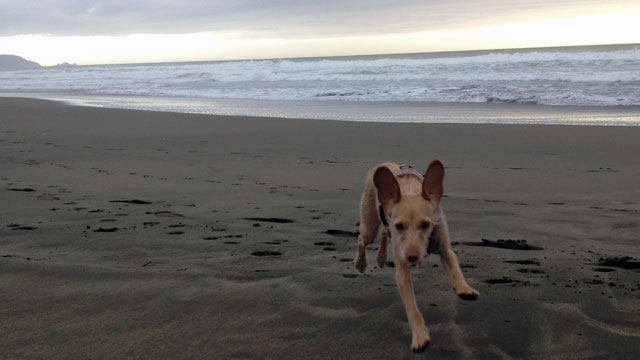By Katharine Fong and Dan Brekke

The traditional dogs days of summer are over. But in San Francisco, they might be just starting. The National Park Service today released the second draft of a dog management plan and environmental impact statement for the Golden Gate National Recreation Area.
The first draft, released in January 2011, sparked a loud, prolonged debate, as we noted in several posts. The plan called for pooches to be leashed or banned outright from parts of San Francisco's Crissy Field, Ocean Beach, Fort Funston and other parts of the GGNRA where they are now allowed to run free. Thousands of public comments poured in, on one hand from dog owners passionate about man's best friend being free to frolic, and on the other from environmentalists concerned about the impact of off-leash dogs on park flora and fauna. Those concerned about off-leash dogs' impact on humans and their park experience weighed in too.
Action is needed because GGNRA resources and values, as defined by the park’s enabling legislation and the NPS Organic Act, could be compromised to the extent that, without action, these resources and values in some areas of the park might not be available for enjoyment by future generations. Additionally, a dog management policy inconsistent with NPS regulations and increased public expectations for use of the park for dog recreation have resulted in controversy, litigation, and compromised visitor and employee safety, affecting visitor experience and resulting in resource degradation.The Park Service says its proposal and environmental impact statement aim for a balance between visitor experiences, with areas that allow on-leash and off-leash/voice-control dog walking, as well as areas that prohibit dogs.
The Park Service says its proposal aims to strike the complicated balance betweem the wants and needs of dog-walkers with those who want a "dog-free experience," all the while maintaining the park's sensitive natural assets.
"Our task is to do several things," said GGNRA spokesman Howard Levitt. "First of all of course we have a mandate to protect resources for the future. But we also have a mandate to do what we can to provide a broad range of experiences and allow for people who want to enjoy the park in different ways, and that's where the challenge comes in."